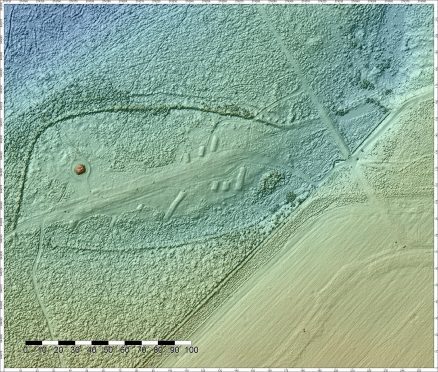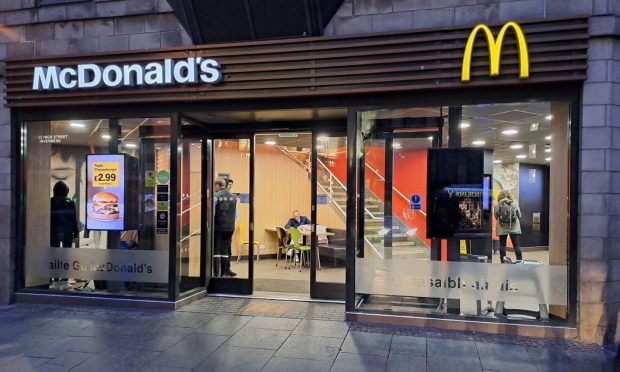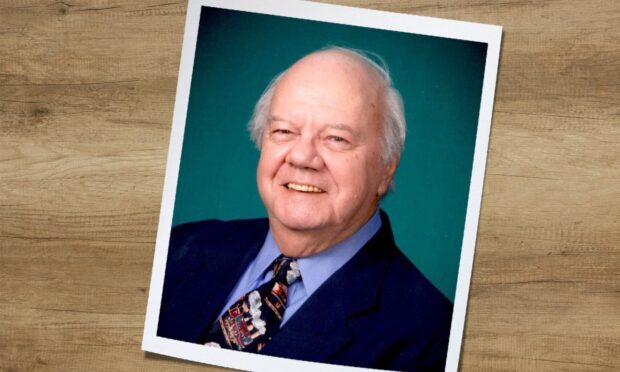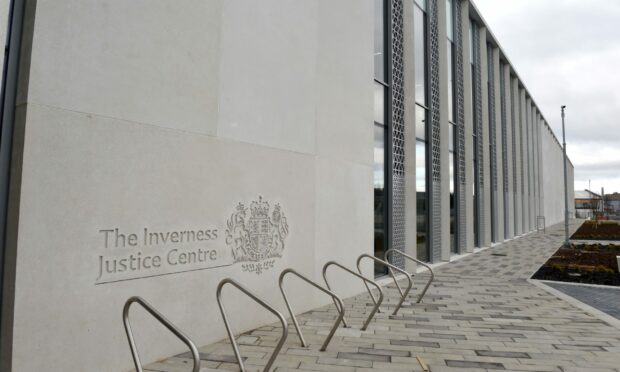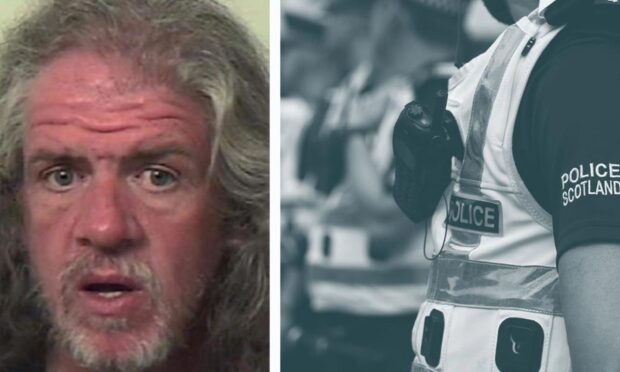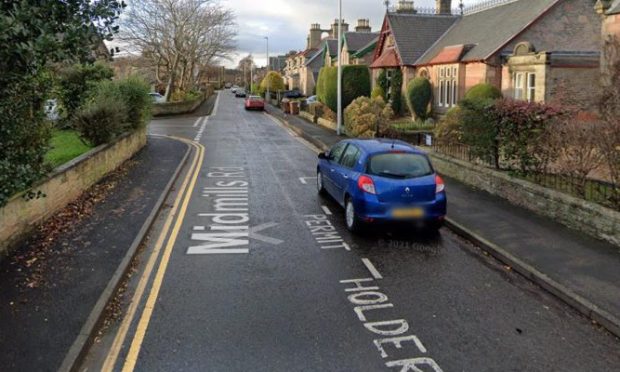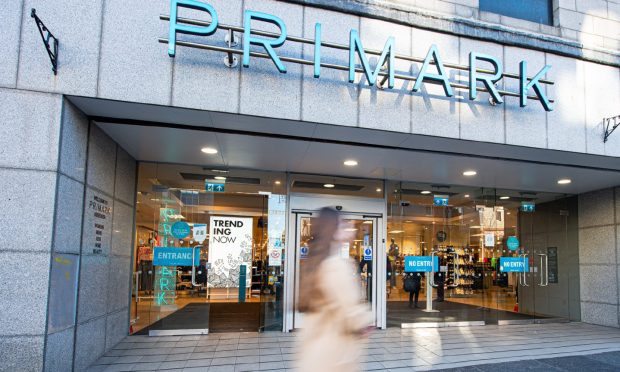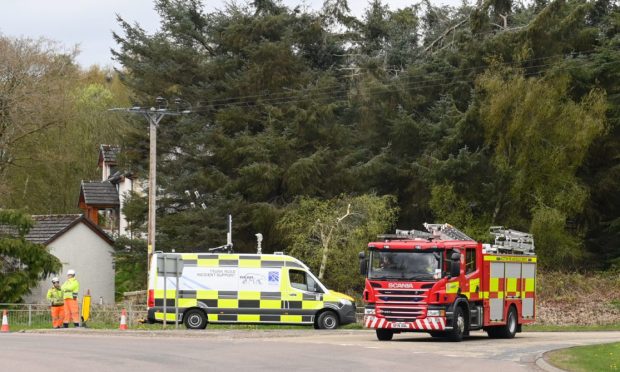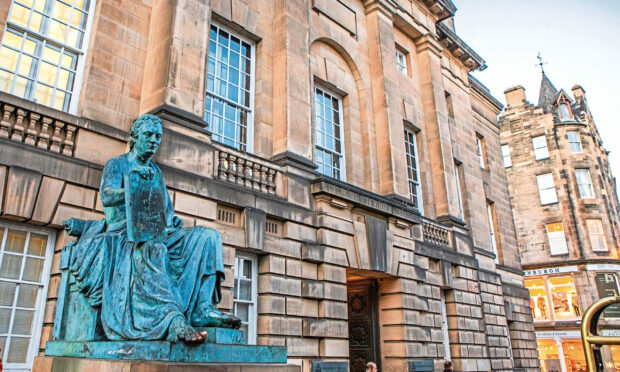Culloden battlefield has been scanned to provide a detailed model of its landscape – 270 years on from the famous battle.
Archaeologists from the National Trust for Scotland, which owns the site, are using cutting-edge laser technology to create the digital model.
Aerial Lidar (Light Detection and Ranging) involves a pulsed laser beam being fired from a plane. It scans from side to side over the survey area and measures thousands of points per second to build up an accurate picture of the ground and its features.
The model can be analysed using GIS (Gepgraphical Information Systems) to look at whether terrain had an influence on how the battle played out.
The Battle of Culloden was fought on April 16, 1746, and was the stand of the Jacobite rising led by Bonnie Prince Charlie and government troops led by the Duke of Cumbernauld, William Agustus.
Archaeologists from the Trust are also hoping to filter out some of the laser-scanned data to remove tree cover, allowing them to possibly uncover hidden remains underneath.
The scan has also captured areas with prehistoric remains, such as the Clava Cairns, and these sites will also be looked at.
Stefan Sagrott, archaeological data officer for the National Trust for Scotland said: “Lidar is revolutionising the way that archaeologists work and look for archaeological sites. Because we can view and light the digital model from different angles, it can pull out topographical features that we wouldn’t see in any other way. It’s providing us with a view of the Culloden battlefield that we’ve never had before, and that’s really exciting.”
A presentation on the work will be delivered at Culloden Battlefield visitor centre at 1pm today by Derek Alexander, the Trust’s head of Archaeological Services.
A number of events will also be taking place throughout the day tomorrow as part of the anniversary celebrations, following a procession and anniversary service at Culloden Cairn at 10.45am.
These will include a series of short series of talks from 1.30pm exploring the impact of the battle on the Highlands and new thinking on the topic, as well as
Culloden Battlefield is an important part of Scotland’s story which has been in the care of the Trust since the 1930s.
